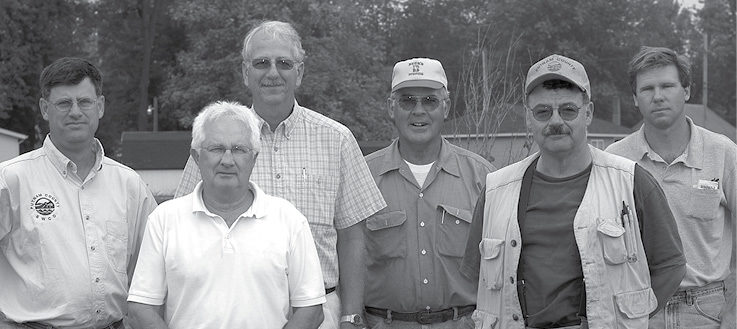No-Till Farmer
Get full access NOW to the most comprehensive, powerful and easy-to-use online resource for no-tillage practices. Just one good idea will pay for your subscription hundreds of times over.

Many no-tillers admit they don’t talk to their neighbors about the ins and outs of conservation tillage. Why should they?
Conventional tillage farmers often don’t understand, and they offer only doubts, sometimes even ridicule, in response. And even with other no-tillers, there’s the matter of competition for more farmland, and preserving one’s edge could spell the difference in a grower’s future.
The majority of the farmers in rural Putnam County, 20-some miles west-southwest of Indianapolis, are no-tillers, and a high number of those are in the habit of regularly talking no-till with other growers. The easy access to local information has helped spread no-tilling throughout the county.
Among the county’s corn growers, 55 percent are no-tillers. That’s far more than twice the average of 24 percent among the state’s 56 counties and the national average of 19 percent. Another 9 percent of the Putnam County corn growers use mulch-till and 6 percent use reduced tillage, leaving just 30 percent in conventional tillage.
The numbers are even more impressive among the county’s soybean growers: 94 percent are no-tillers, compared to 60 percent statewide and 39 percent nationally. Another 4 percent of the county’s soybean farmers use either mulch-till or reduced tillage, leaving only 2 percent in conventional tillage.
When a group of Putnam County growers met recently with a No-Till Farmer editor, they offered the usual variety of reasons for no-tilling: lower equipment and fuel costs, healthier soils, less runoff and erosion, more…